Support Us
Since 1979 more than 140,000 animals have been treated by Wildlife Rescue.
Thanks to the support of individuals like you, Wildlife Rescue can provide a lifeline for animals in distress.
Essential to our environment, birds and bees are valuable contributors to our ecosystem. In fact, both species pollinate native British Columbian plants, flowers, and fruits while maintaining local plant diversity. With wild bee species declining at an alarming rate, it is no surprise that eight wild bee species are on Canada’s species risk registry, with three considered endangered after a large population loss. The recent heatwave and ongoing wildfires have created a hostile environment for wildlife, and already unstable species (like many birds and bees) are suffering because of this.
Found in lakes and ponds, Common Loons are a common sight from BC to New Brunswick. Known for their black bills and their black-and-white patterned bodies during summer, these birds have a different look from September to March when they have grey heads/backs and whitethroats.
With a large reliance on the water they inhabit, it is no surprise that Common Loons can easily be harmed by pesticides and other chemicals that end up in rivers and streams. This important connection to the wetlands they inhabit is why we need to be extremely careful about how we treat our environment.
Due to their friendly nature, Killdeer are unafraid of inhabiting urban areas – which can lead them to great harm. Sports fields, golf courses, and lawns are open spots that Killdeer love. Unfortunately, these man-made open fields often use pesticides and frequently mow to keep the grass at a satisfactory level, which can harm fledglings a great deal. Pesticides, when ingested, are dangerous – and the loss of insects because of insecticides can lower their chance of survival. When Killdeer lose insects, they lose a vital food source. As well, Killdeer often nest roadside, leaving them vulnerable to vehicle collisions.
With the increase in aquatic recreation comes an increase in litter in our lakes, rivers, and streams. Thanks to the coronavirus pandemic, we are also seeing a new type of litter: face masks. According to the Ocean Conservancy, 94% of volunteers reported seeing face masks littering the ground daily in their own communities. Unfortunately, the masks are not only unsightly; they can also pose a huge problem to local wildlife, such as the Great Blue Heron. Long-legged wading birds can get their feet tangled in the loops of the face mask. Leg and foot entanglement can also be fatal to smaller birds that make their habitat in the Burnaby Lake area, such as swallows and chickadees.
Spring is one of the busiest times of the year for Wildlife Rescue especially with “Rooftop Rescues”. Last year, the rescue team was managing 10 rescues a day to save fluffy little goslings and bringing them to safety with their families.
While nesting on rooftops seems like a safe place for goslings, it can be very dangerous for young geese. To make sure goslings are not harmed by rooftop nesting, the best thing we can do is prevent it!
This time of year, migrating birds choose British Columbia’s beautiful trees and forests as a spot to lay their eggs and start their families. This beautiful journey often has challenges, one being nest removal and nest disturbance.
While planting a native flowering garden will provide the best natural source of food for hummingbirds, supplementing with a properly maintained hummingbird feeder can provide additional sustenance to local hummingbirds. However, in order to help and not harm, you must ensure your feeders are properly maintained.
Easter is an exciting time for the re-emergence of plants and wildlife, including the arrival of baby birds.
With more babies comes more danger. Momma birds work hard to keep their babies safe, but living in an urban environment brings a lot of challenges. That is why Spring and Summer is the busiest time at Wildlife Rescue. Every year we admit thousands of nestlings and fledglings in need!
Different species have different methods of keeping their eggs safe. Birds like Bushtits build pendant nests – elaborately woven sacks that dangle from branches, giving the baby birds in the nest great protection from predators. Conversely, some birds aren’t that good at making nests. A nest made by a Pigeons could easily be mistaken for a few misplaced sticks and straw!
During Spring, it’s important to be on the look-out for baby birds and their nests and to avoid disturbing them!
Guess the species these eggs came from!
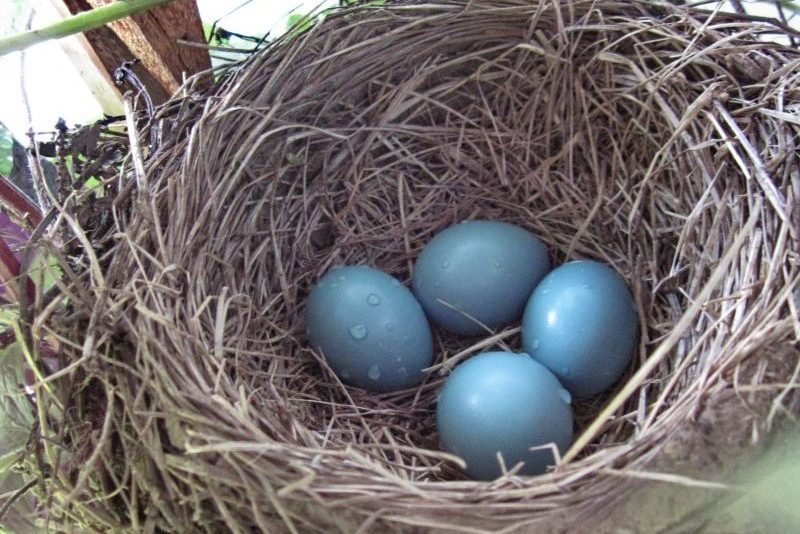 Easter Eggs #1 Hint: These beautiful little blue eggs inspired a colour name! The colouring comes from pigments within the mother’s blood! Talk about putting in blood, sweat and tears into raising your young!
Easter Eggs #1 Hint: These beautiful little blue eggs inspired a colour name! The colouring comes from pigments within the mother’s blood! Talk about putting in blood, sweat and tears into raising your young!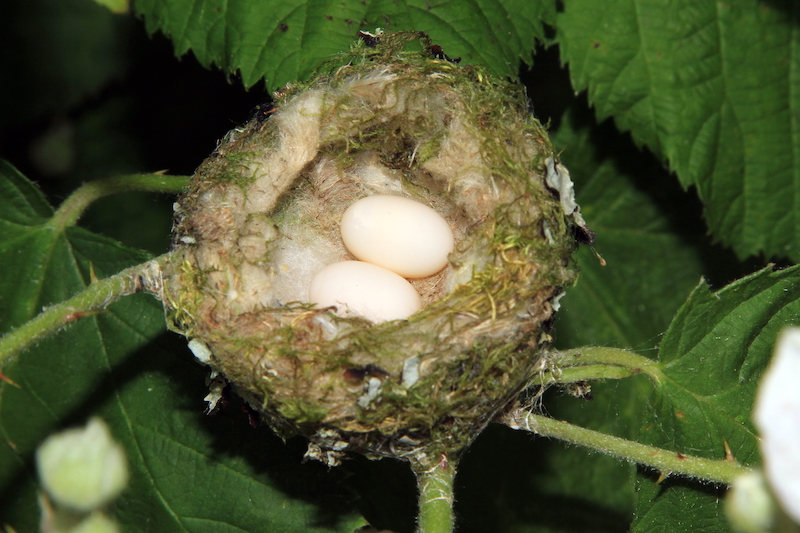 Easter Eggs #2 Hint: This species typically lays two eggs which are about the size of navy beans! They are laid in a soft nest made from plant down and spider webs.
Easter Eggs #2 Hint: This species typically lays two eggs which are about the size of navy beans! They are laid in a soft nest made from plant down and spider webs.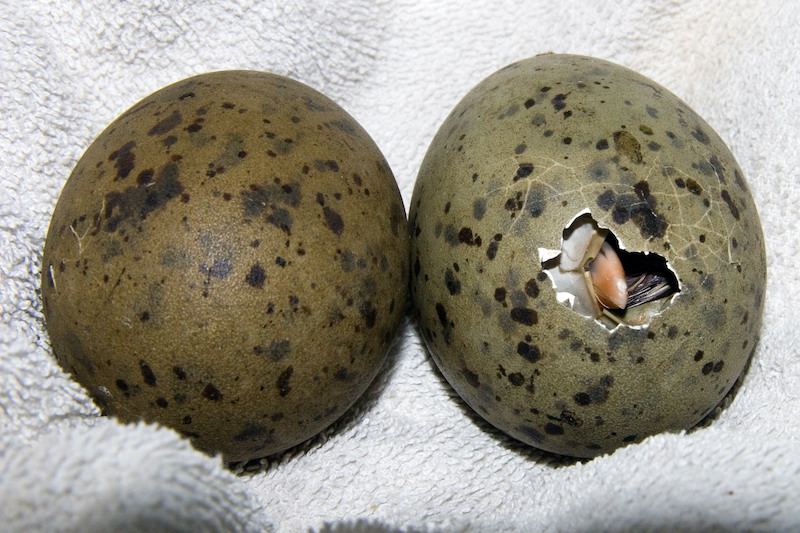 Easter Eggs #3 Hint: These speckled eggs provide great camouflage against the environment of the nest. These chicks are born with their eyes open and are capable of leaving the nest soon after hatching!
Easter Eggs #3 Hint: These speckled eggs provide great camouflage against the environment of the nest. These chicks are born with their eyes open and are capable of leaving the nest soon after hatching!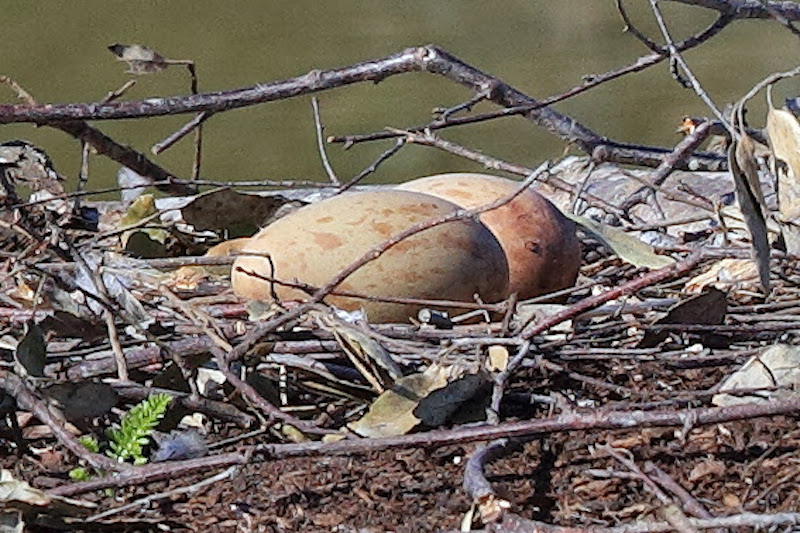 Easter Eggs #4 Hint: These eggs are laid in large nests, typically in wetlands. Once hatched, the offspring will stay with its parents all through the winter, only separating the following spring!
Easter Eggs #4 Hint: These eggs are laid in large nests, typically in wetlands. Once hatched, the offspring will stay with its parents all through the winter, only separating the following spring!.
.
.
.
.
.
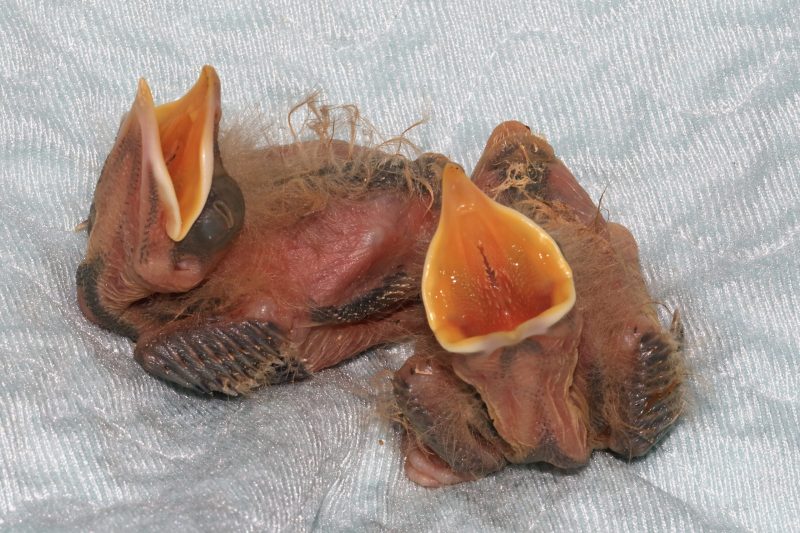 Easter Eggs #1 Answer: American Robins!
Easter Eggs #1 Answer: American Robins!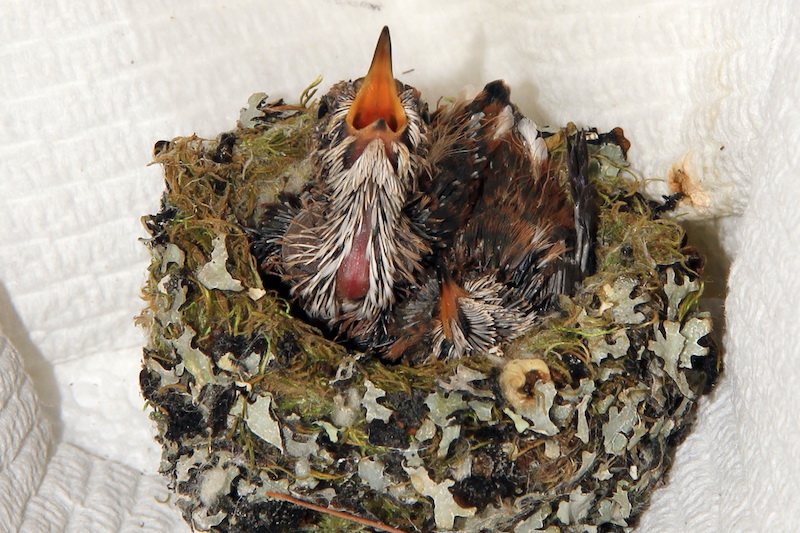 Easter Eggs #2 Answer: Hummingbirds!
Easter Eggs #2 Answer: Hummingbirds!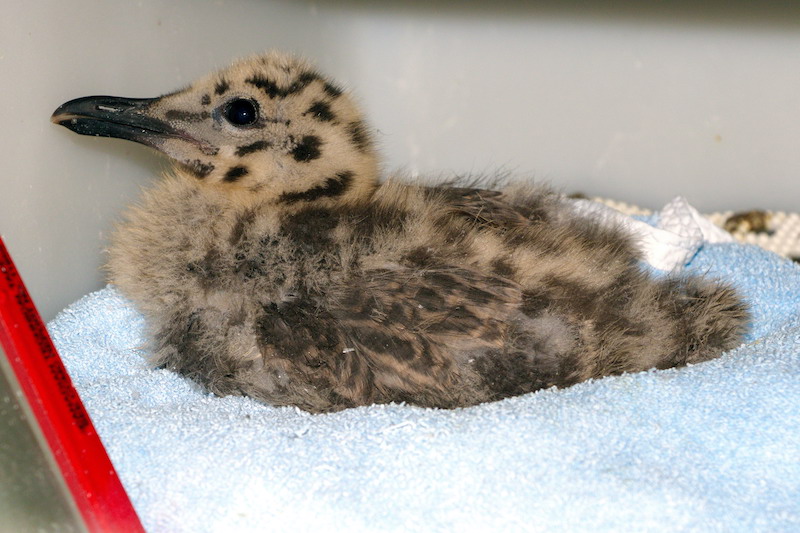 Easter Eggs #3 Answer: Gulls!
Easter Eggs #3 Answer: Gulls!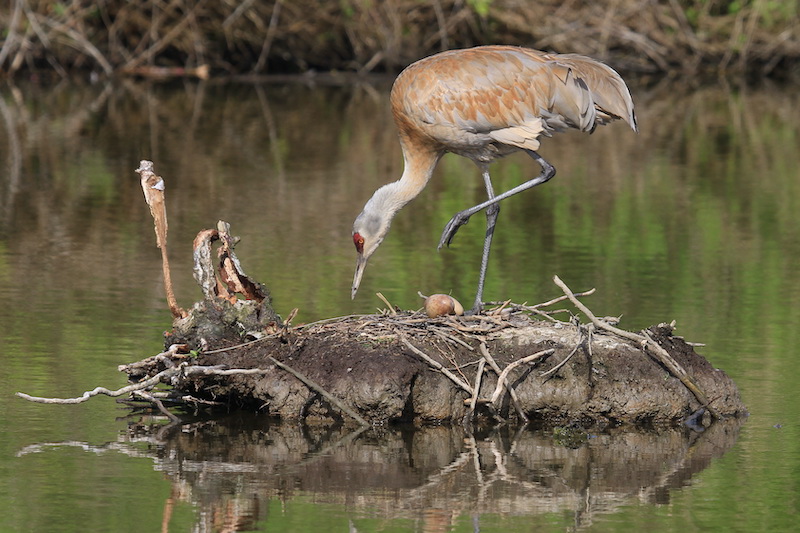 Easter Eggs #4 Answer: Sandhill Cranes!
Easter Eggs #4 Answer: Sandhill Cranes!Spring and summer are a delicate time of year for ground-nesting birds like the Dark-eyed Junco, Hermit Thrushes, Sparrows, and Killdeer to name a few. One of the most common and easily forgotten human disturbances during spring is lawn mowing, which unknowingly harms wildlife, particularly ground-nesters!
Every year from around mid-March to late August, the lower mainland is filled with birds finding habitats, constructing nests, and nesting. For birds, their mating season is extremely important – after all, this is the period in which they lay eggs and watch their kids grow up!